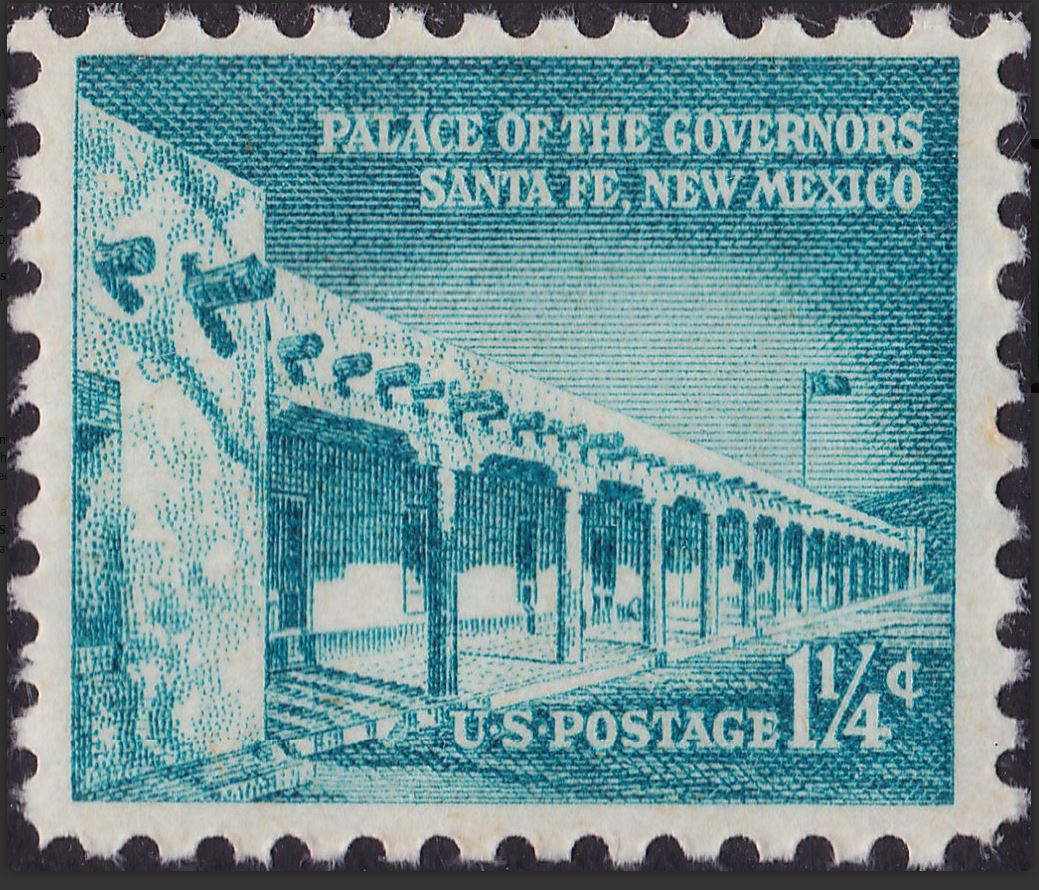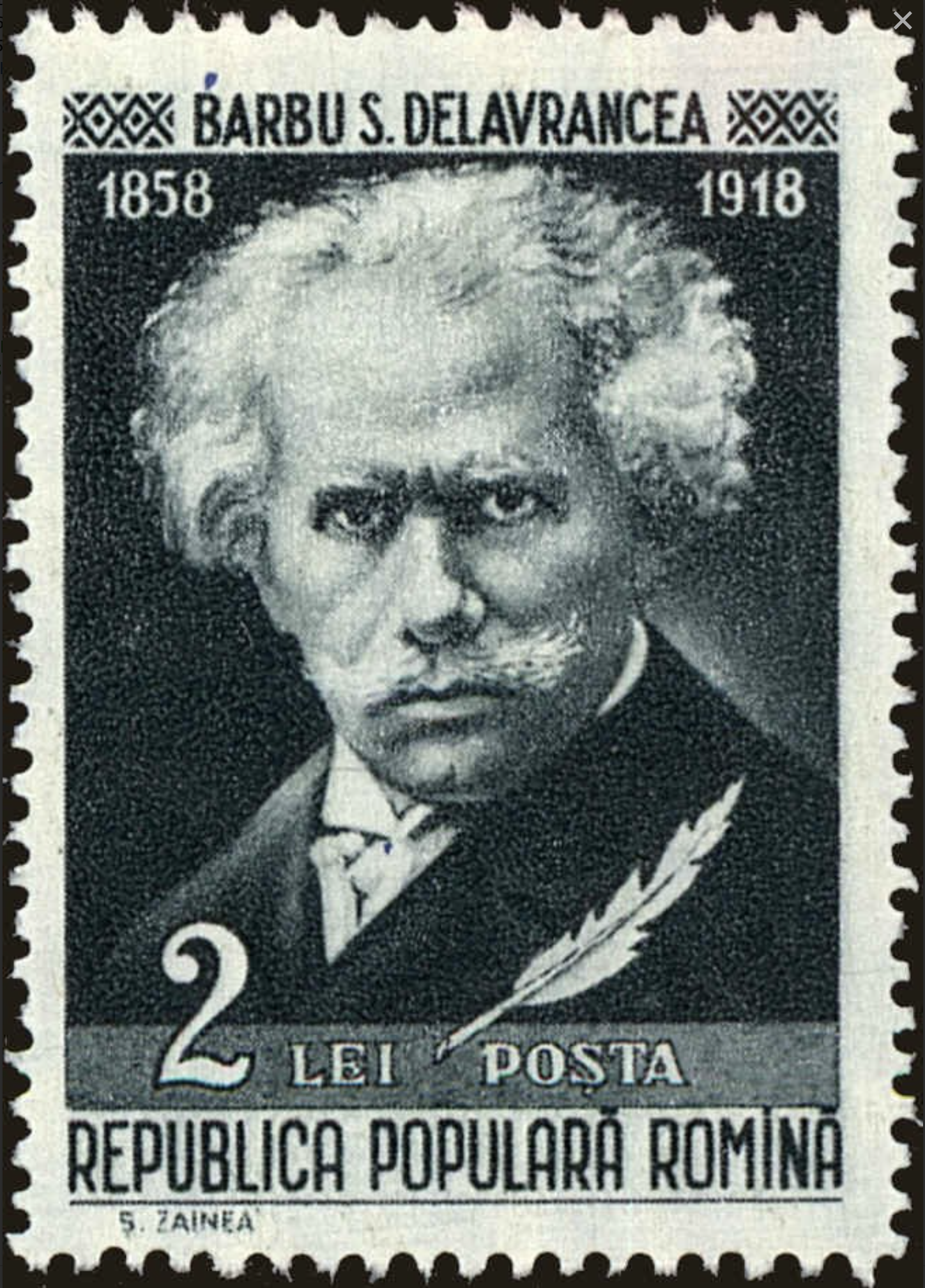Czechoslovakia #2165 (1978) – Gold Florin of Charles Robert, 1335
$0.55
Czechoslovakia #2165 (1978) – Gold Florin of Charles Robert, 1335
Description
Czechoslovakia #2165 (1978) – Gold Florin of Charles Robert, 1335
King Charles I of Hungary, also known as Charles Robert (Hungarian: Károly Róbert), ruled as the monarch of the Kingdom of Hungary from 1308 to 1342. He belonged to the Angevin dynasty and was the son of Charles Martel of the Capetian House of Anjou.
Charles I is regarded as one of the most significant medieval Hungarian monarchs. His reign saw various reforms and developments that strengthened the kingdom both internally and externally. Some key aspects of his rule include:
- Consolidation of Power: Charles I faced internal challenges to his rule upon ascending the throne, but he managed to consolidate power and establish his authority over the nobility.
- Military Campaigns: He conducted successful military campaigns to expand Hungarian influence, including campaigns against rebellious nobles and external foes such as the neighboring Kingdom of Croatia and the Kingdom of Naples.
- Legislation and Administration: Charles I implemented administrative reforms and issued important legislation, including the Golden Bull of 1222, which defined the rights and privileges of the Hungarian nobility and limited the powers of the monarch.
- Cultural and Economic Development: His reign witnessed cultural and economic growth, with the establishment of new towns, the promotion of trade and commerce, and the patronage of art and literature.
- Dynastic Legacy: Charles I’s reign laid the foundation for the subsequent Angevin dynasty in Hungary, and his descendants continued to rule the kingdom for several generations.
Overall, King Charles I of Hungary, or Charles Robert, played a significant role in shaping the medieval history of Hungary and left a lasting impact on the kingdom’s development.
Ready to ship in 3-5 business days from United States (US)
Additional information
| Condition | |
|---|---|
| Country | |
| Scott Number | |
| Stamp Format | |
| Stamp Type | |
| Year of Issue |

















